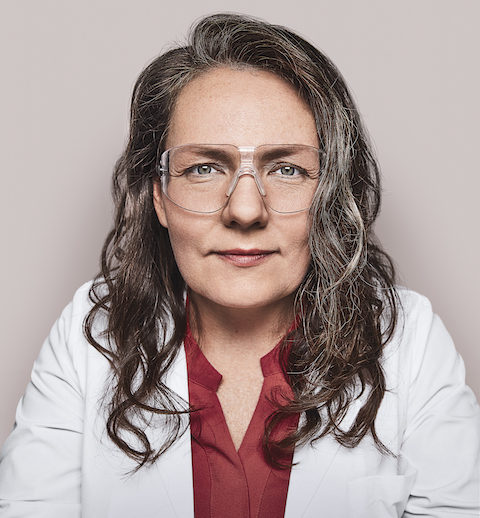Daily Discoveries
With multiple close family members impacted by respiratory diseases, René van der Merwe’s work as a biopharmaceutical researcher is personal. Her 16 years of experience have overseen the research, development and launch of impactful treatments for severe asthma, and today, she works passionately to continue that work in her role as vice president, clinical respiratory at AstraZeneca.
“I joined AstraZeneca for the science,” says René. “The work they do is absolutely phenomenal. When I started at the company 10 years ago, research into biologics for asthma was in its early stage, and it has been so exciting to help advance the field — to see how things were changing and how we could make a difference.”

